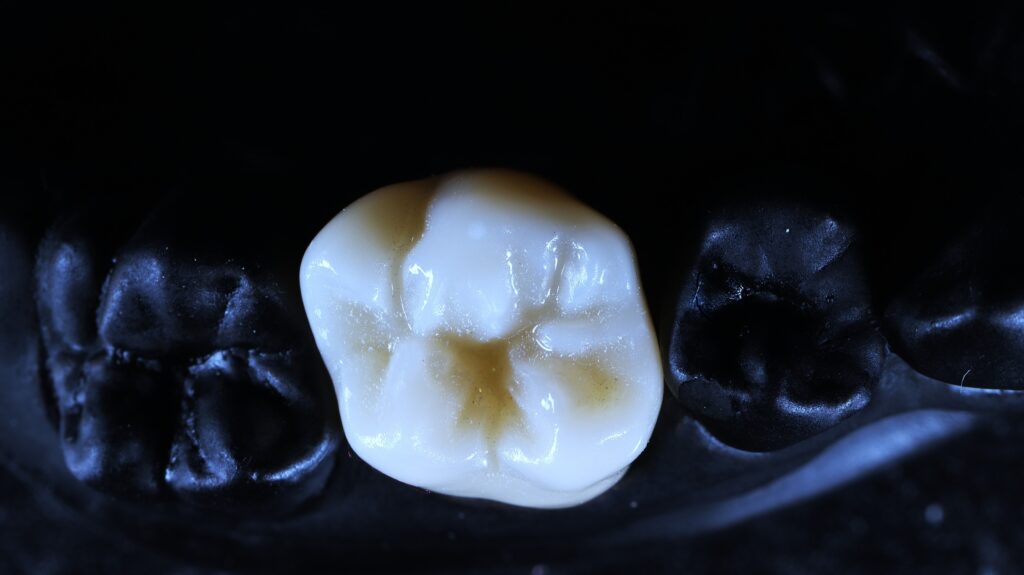What Are the Differences Between Dental Crowns and Onlays? Which is More Advantageous?
Dental health and aesthetics hold significant importance for both overall health and personal appearance. In dental treatments, different approaches can be applied depending on the damage to the tooth or its specific needs. Dental crowns (caps) and onlays are two frequently chosen types of dental restorations. However, there are distinct differences and advantages between these two treatment methods.
What is a Dental Crown?
A dental crown is a type of restoration that completely covers a damaged or aesthetically problematic tooth. It is typically made from materials such as porcelain, zirconia, or metal-supported porcelain. A crown fully encases the tooth, offering both an aesthetic and functional solution.
When is a Dental Crown Preferred?
- When there is extensive decay or significant damage to the tooth.
- When there’s a risk of the tooth cracking after root canal treatment.
- When the tooth needs aesthetic correction (if there are issues with its color or shape).
- To provide durability against chewing forces.
What is an Onlay?
An onlay is a dental restoration specifically prepared in a laboratory that covers the chewing surface of a tooth. Made from porcelain, ceramic, or composite materials, an onlay is designed to fit precisely into the damaged area of the tooth, aiming to preserve its natural structure.
When is an Onlay Preferred?
- For medium to large-sized cavities.
- When the chewing surface of the tooth is damaged.
- When a significant portion of the tooth’s structure is still healthy.
- When an aesthetic solution is required.
Differences Between Dental Crowns and Onlays
Which is More Advantageous?
Both treatment methods have their advantages, and which one is more suitable depends on the condition of your tooth, the extent of the damage, and your aesthetic needs.
Advantages of Dental Crowns
- Protects the entire tooth, minimizing the risk of cracking or fracture.
- Provides a long-term solution for severely damaged teeth.
- Highly suitable for teeth that have undergone root canal treatment.
Advantages of Onlays
- Preserves more of the natural tooth structure.
- More cost-effective.
- Offers a very aesthetically pleasing solution.
Conclusion
When choosing between a dental crown and an onlay, the degree of damage to your tooth, your treatment needs, and your expectations are decisive factors. For more extensive damage and situations requiring full protection, a dental crown is preferred. However, for more minimal and aesthetic approaches, an onlay can offer an ideal solution. You can decide which method is right for you in consultation with your dentist.
